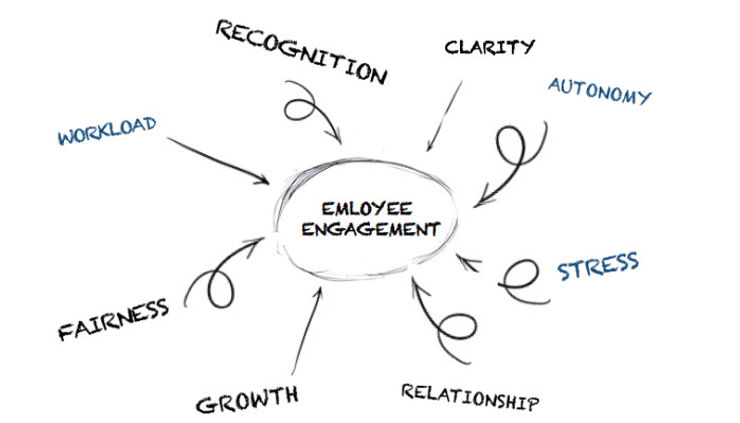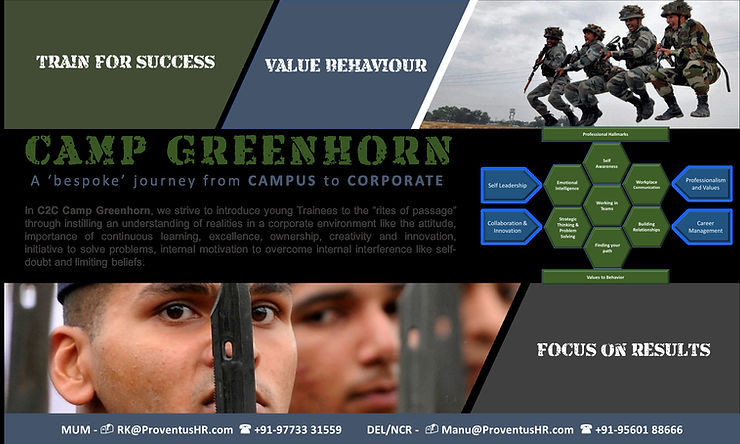Business outcomes are successful only when the stakeholders are satisfied with the products, services and more fundamentally the relationships they see being built around them.
Apart from the products or the services the organizations provide to their customers, the ‘human’ interactions are what keep them successful. Building and maintaining relationships isn’t easy, and especially so in the virtual world, where physical proximity is the biggest detriment to engaging with the stakeholders with whom one would like to build a relationship.
One may have the best technical or professional abilities to execute their set responsibilities, but the most critical capability to work effectively with and lead stakeholders in a virtual environment is ‘social’ skills. Social skills can make a difference between success and failure, in times where virtual teams are a norm and more so if social distancing is a mandated ask.
So, what can be done to ensure that we can work towards successful stakeholder management for successful business results.

Understanding Stakeholders: Leading and managing stakeholders effectively starts with understanding them better. Every individual has their own way of interacting with others or Social Styles. Simply put, social styles are the preferred ways of behaving that one exhibits while interacting with other individual(s). If you are dealing with someone who has the same social style as you, the chances are that the relationship will be more easily established or strengthened. Understanding your own social style and that of your stakeholders can help you identify where the differences or gaps are and help you work out a plan to modify your approach accordingly. Also, in understanding how social styles influence an individual’s virtual behaviour at work.
Persuading Stakeholders: Having mapped our stakeholders as per their social styles it is logical to then persuade or influence them to think positively towards our business or personal objective, in which they may have an important role to play. Every individual may have a different role to play in the success of our project, as a sponsor, approver or end user to name a few. Identifying their roles in addition to their degree of buy-in to our idea/purpose can help in effectively working out strategies of communication that we can adapt in dealing with each of the relevant stakeholder. In a virtual scenario when one does not have the luxury of easy and physical access to the individuals understanding the individual levels of commitment and power comes in handy. It is an easy but structured process that we would need to invest our time and effort in, to get the desired results.
Communicating with Stakeholders: Communication becomes more crucial than ever for the engagement with the stakeholders, not only from a frequency and quality point of view, but as well from a timing perspective. A targeted communication strategy becomes important for the following stages of stakeholder persuasion.
- Building Awareness about the product/services or individuals
- Generating and creating Interest in the stakeholders’ minds towards the what’s in it for them
- Building a Desire in the hearts of the stakeholders to want to pursue and acquire the offering; and
- Leading the stakeholders to take Action to successfully give out what is desired.
Experience LIFE! (Live Interactive Facilitated Experience)













